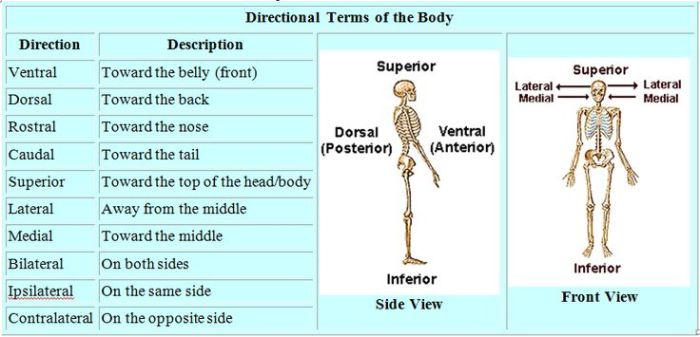Unveiling the mysteries of the ovine cardiovascular system, the sheep heart dissection lab answer key serves as an invaluable resource for students embarking on this captivating exploration. As we delve into the intricate chambers, valves, and vessels of the sheep’s heart, we unravel the fundamental principles of cardiac anatomy and physiology.
This comprehensive guide provides a step-by-step walkthrough of the dissection procedure, equipping readers with the knowledge and techniques necessary to navigate this intricate biological marvel. Through meticulous observations and insightful analysis, we uncover the remarkable similarities and subtle differences between the sheep heart and its human counterpart, shedding light on the evolutionary adaptations that have shaped these vital organs.
Introduction to Sheep Heart Dissection Lab

This lab provides a hands-on experience to explore the anatomy of the sheep heart, understand its structure and function, and compare it to the human heart. Through dissection, students will gain insights into the cardiovascular system and its vital role in maintaining life.
The sheep heart is similar to the human heart in terms of its basic structure and function. It consists of four chambers: two atria and two ventricles. The atria receive blood from the body and the ventricles pump blood out to the body.
The heart valves ensure the proper flow of blood through the heart.
Materials and Equipment
The following materials and equipment are required for the sheep heart dissection lab:
- Fresh sheep heart
- Dissecting tray
- Dissecting tools (scalpel, scissors, forceps, probes)
- Gloves
- Safety glasses
- Lab coat
- Ruler or measuring tape
- Notebook and pen
Procedure
Safety Precautions:
- Wear gloves, safety glasses, and a lab coat during the dissection.
- Handle sharp instruments with care.
- Dispose of biological materials properly.
Dissection Procedure:
- Place the sheep heart in the dissecting tray.
- Identify the apex of the heart, which is the pointed end.
- Make an incision along the ventral side of the heart, from the apex to the base.
- Open the heart and identify the four chambers: the right and left atria, and the right and left ventricles.
- Examine the heart valves and trace the flow of blood through the heart.
- Measure the thickness of the ventricular walls.
- Record your observations and take photographs for documentation.
Observations and Findings
Expected Observations:
| Observation | Description | Significance | Image |
|---|---|---|---|
| Four chambers | Two atria and two ventricles | Basic structure of the heart | [Image of the four chambers of the sheep heart] |
| Heart valves | Atrioventricular valves and semilunar valves | Prevent backflow of blood | [Image of the heart valves] |
| Ventricular wall thickness | Left ventricle wall is thicker than the right ventricle wall | Reflects the greater workload of the left ventricle | [Image of the ventricular wall thickness] |
Discussion

The sheep heart is a complex organ with a vital role in the cardiovascular system. The dissection allows for a detailed examination of its structure and function. The four chambers, heart valves, and ventricular wall thickness all contribute to the efficient pumping of blood throughout the body.
The sheep heart is similar to the human heart in terms of its basic structure and function. However, there are some differences between the two hearts. For example, the sheep heart has a smaller overall size and a thinner ventricular wall than the human heart.
The sheep heart dissection lab provides a valuable learning experience for students. It allows them to gain a deeper understanding of the cardiovascular system and the importance of the heart in maintaining life.
FAQ Insights: Sheep Heart Dissection Lab Answer Key
What is the purpose of a sheep heart dissection lab?
The sheep heart dissection lab provides students with an opportunity to study the anatomy and physiology of the heart in a hands-on setting. Through careful observation and dissection, students can gain a deeper understanding of the heart’s structure, function, and its role in the circulatory system.
What materials are required for a sheep heart dissection lab?
The materials required for a sheep heart dissection lab typically include a sheep heart specimen, dissection tools (such as scalpels, forceps, and scissors), dissection trays, gloves, and safety goggles.
What are the key observations to make during a sheep heart dissection?
During a sheep heart dissection, key observations include the heart’s overall structure, the presence of chambers (atria and ventricles), valves, major blood vessels, and the coronary arteries that supply blood to the heart muscle.
How does the sheep heart differ from the human heart?
While the sheep heart shares many similarities with the human heart, there are some key differences. The sheep heart is typically larger and heavier, and it has a different arrangement of the coronary arteries. Additionally, the sheep heart has a smaller left ventricle compared to the human heart.
